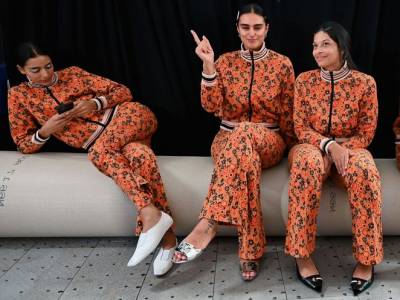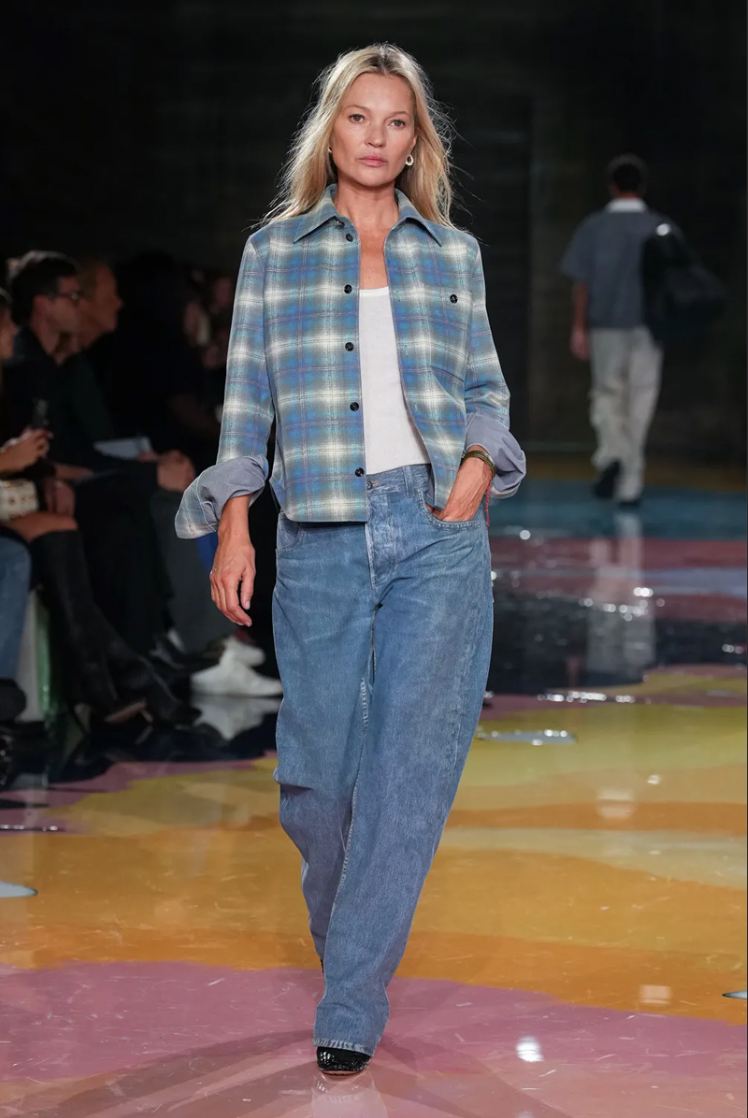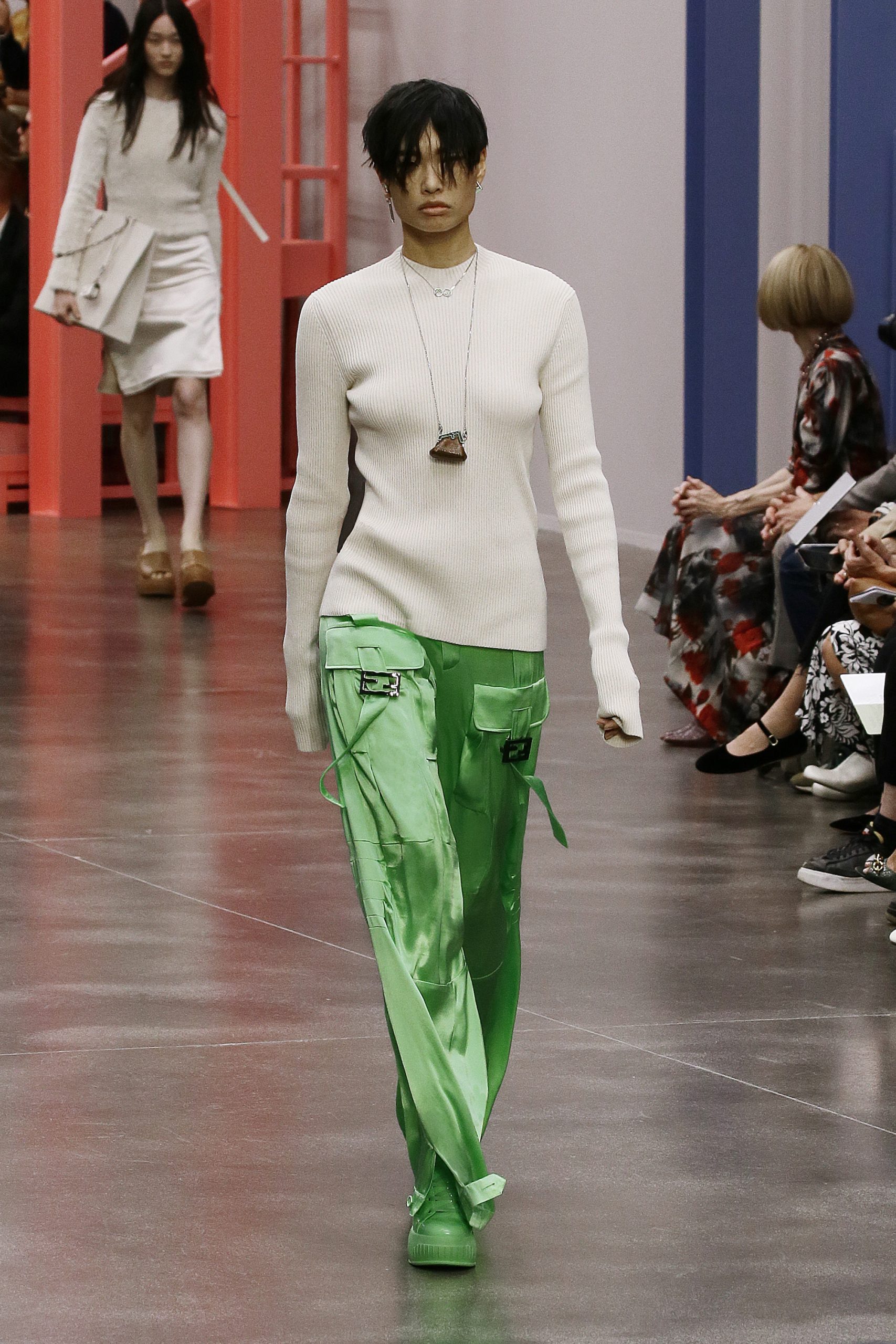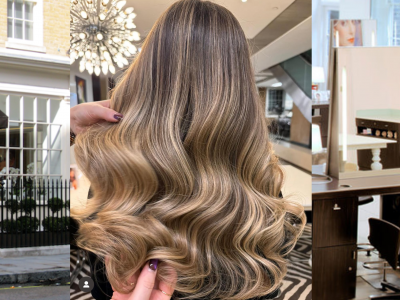How to navigate fashion in a climate and cost of living crisis? Whether you are in the top 1%, and even if you’re not, there is one way forward: stealth style. Stealth dressing is, of course, nothing new. Shiv’s wardrobe in Succession is a masterclass in eye-wateringly expensive non-descript luxury. The High Net Worth individuals out there operating with the slightest gleam of a vintage Patek Nautilus peeking from their grey hoodie cuffs, are two a penny.
What is Stealth Fashion?
3rd October 2022
Discover how the 1% are navigating fashion in a climate and cost of living crisis
What’s new now is luxury fashion brands have quietly migrated away from ostentation and trends for the sake of selling more stuff and jumped on the stealth train. We see it in understated silhouettes at Prada, where the designer noted after her recent Milan show “The clothes are about simplicity, with no unnecessary complication.” We see it at Fendi where designer Kim Jones said the clothes were “about practicality as well as luxury.”
Perhaps the most iconic image from Milan Fashion Week – not counting the Dolce Gabbana’s love-fest with Kim Kardashian revisiting their 1990 archive – was Kate Moss at Bottega Veneta. The newly-minted wellbeing guru who recently launched Cosmoss, made a rare runway appearance, wearing… a plaid wool shirt, a white T and jeans. Well, that’s how they looked. In reality the shirt is plaid-faced leather, the jeans denim-printed hand re-touched leather which will cost £4,930 a pair. And the T-shirt? Super-soft cashmere, of course.
The thinking behind this widespread shift to understated, useful everyday classics isn’t about hiding your wealth under a bushel while the majority struggle with extortionate fuel bills and high inflation. Neither is it this season’s “look”. Rather it’s a deeper commitment to embracing sustainability and circularity, and it’s here to stay.
For the first two decades of this century, newness was prized above all else. Today, consumers and brands alike are pivoting to choosing clothes based on longevity of the item’s appeal, coupled, crucially, with its value in the thriving fashion resale market which looks set to grow faster than high street sales in the next few years.
It’s most evident in the clothes people are buying. Fashion fads are now well-and-truly things of the past. Overlooked in favour of purchasing modern tailoring, trench-coats, long-lasting quality outerwear and knits that won’t bobble after two turns in the machine.
Petro Stofberg from the popular website and Instagram account Wardrobe Icons, has already built a business from this shift. Her mission is to educate users of her site on the building blocks of a sustainable wardrobe by recommending only quality long-lasting pieces. “My personal go-tos are a white T-shirt, stripe knit, trench coat, and jeans,” says Stofberg who notes the number one item on their site year after year is a striped Breton T-shirt.
At SPHERE we’ll be sharing these pieces in an ongoing series that looks at the pieces worth investing in, and examines their potential for circularity.









